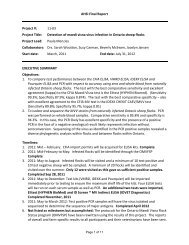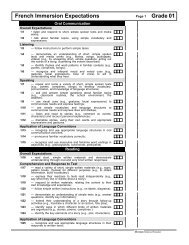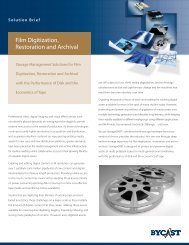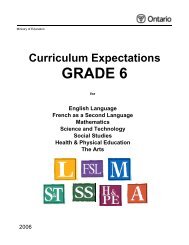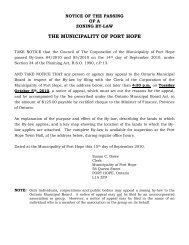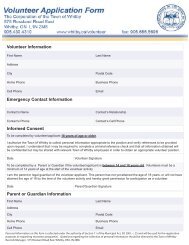GRADE 3 - PVNC Catholic District School Board
GRADE 3 - PVNC Catholic District School Board
GRADE 3 - PVNC Catholic District School Board
Create successful ePaper yourself
Turn your PDF publications into a flip-book with our unique Google optimized e-Paper software.
Mathematics Expectations Page 5<br />
3m67<br />
– extend repeating, growing, and shrinking number patterns (Sample<br />
problem: Write the next three terms in the pattern 4, 8, 12, 16, ….);<br />
Grade 03<br />
3m68 – create a number pattern involving addition or subtraction, given a pattern<br />
represented on a number line or a pattern rule expressed in words (Sample<br />
problem: Make a number pattern that starts at 0 and grows by adding 7<br />
each time.);<br />
3m69 – represent simple geometric patterns using a number sequence, a number<br />
line, or a bar graph (e.g., the given growing pattern of toothpick squares can<br />
be represented numerically by the sequence 4, 7, 10, …, which represents<br />
the number of toothpicks used to make each figure);<br />
3m70 – demonstrate, through investigation, an understanding that a pattern results<br />
from repeating an action (e.g., clapping, taking a step forward every<br />
second), repeating an operation (e.g., addition, subtraction), using a<br />
transformation (e.g., slide, flip, turn), or making some other repeated change<br />
to an attribute (e.g., colour, orientation).<br />
Expressions and Equality<br />
3m71 – determine, through investigation, the inverse relationship between addition<br />
and subtraction (e.g., since 4 + 5 = 9, then 9 – 5 = 4; since 16 – 9 = 7, then<br />
7 + 9 = 16);<br />
3m72 – determine, the missing number in equations involving addition and<br />
subtraction of one- and two-digit numbers, using a variety of tools and<br />
strategies (e.g., modelling with concrete materials, using guess and check<br />
with and without the aid of a calculator) (Sample problem: What is the<br />
missing number in the equation 25 – 4 = 15 + ?);<br />
3m73 – identify, through investigation, the properties of zero and one in<br />
multiplication (i.e., any number multiplied by zero equals zero; any number<br />
multiplied by 1 equals the original number) (Sample problem: Use tiles to<br />
create arrays that represent 3 x 3, 3 x 2, 3 x 1, and 3 x 0. Explain what you<br />
think will happen when you multiply any number by 1, and when you multiply<br />
any number by 0.);<br />
3m74<br />
– identify, through investigation, and use the associative property of addition<br />
to facilitate computation with whole numbers (e.g., "I know that 17 + 16<br />
equals 17 + 3 + 13. This is easier to add in my head because I get 20 + 13 =<br />
33.").<br />
Data Management and Probability<br />
Overall Expectations<br />
3m75 • collect and organize categorical or discrete primary data and display the<br />
data using charts and graphs, including vertical and horizontal bar graphs,<br />
with labels ordered appropriately along horizontal axes, as needed;<br />
3m76 • read, describe, and interpret primary data presented in charts and graphs,<br />
including vertical and horizontal bar graphs;<br />
3m77 • predict and investigate the frequency of a specific outcome in a simple<br />
probability experiment.<br />
Collection and Organization of Data<br />
3m78 – demonstrate an ability to organize objects into categories, by sorting and<br />
classifying objects using two or more attributes simultaneously (Sample<br />
problem: Sort a collection of buttons by size, colour, and number of holes.);<br />
3m79 – collect data by conducting a simple survey about themselves, their<br />
environment, issues in their school or community, or content from another<br />
subject;<br />
3m80 – collect and organize categorical or discrete primary data and display the<br />
data in charts, tables, and graphs (including vertical and horizontal bar<br />
graphs), with appropriate titles and labels and with labels ordered<br />
appropriately along horizontal axes, as needed, using many-to-one<br />
correspondence (e.g., in a pictograph, one car sticker represents 3 cars; on<br />
a bar graph, one square represents 2 students) (Sample problem: Graph<br />
data related to the eye colour of students in the class, using a vertical bar<br />
graph. Why does the scale on the vertical axis include values that are not in<br />
the set of data?).<br />
Ministry of Education



